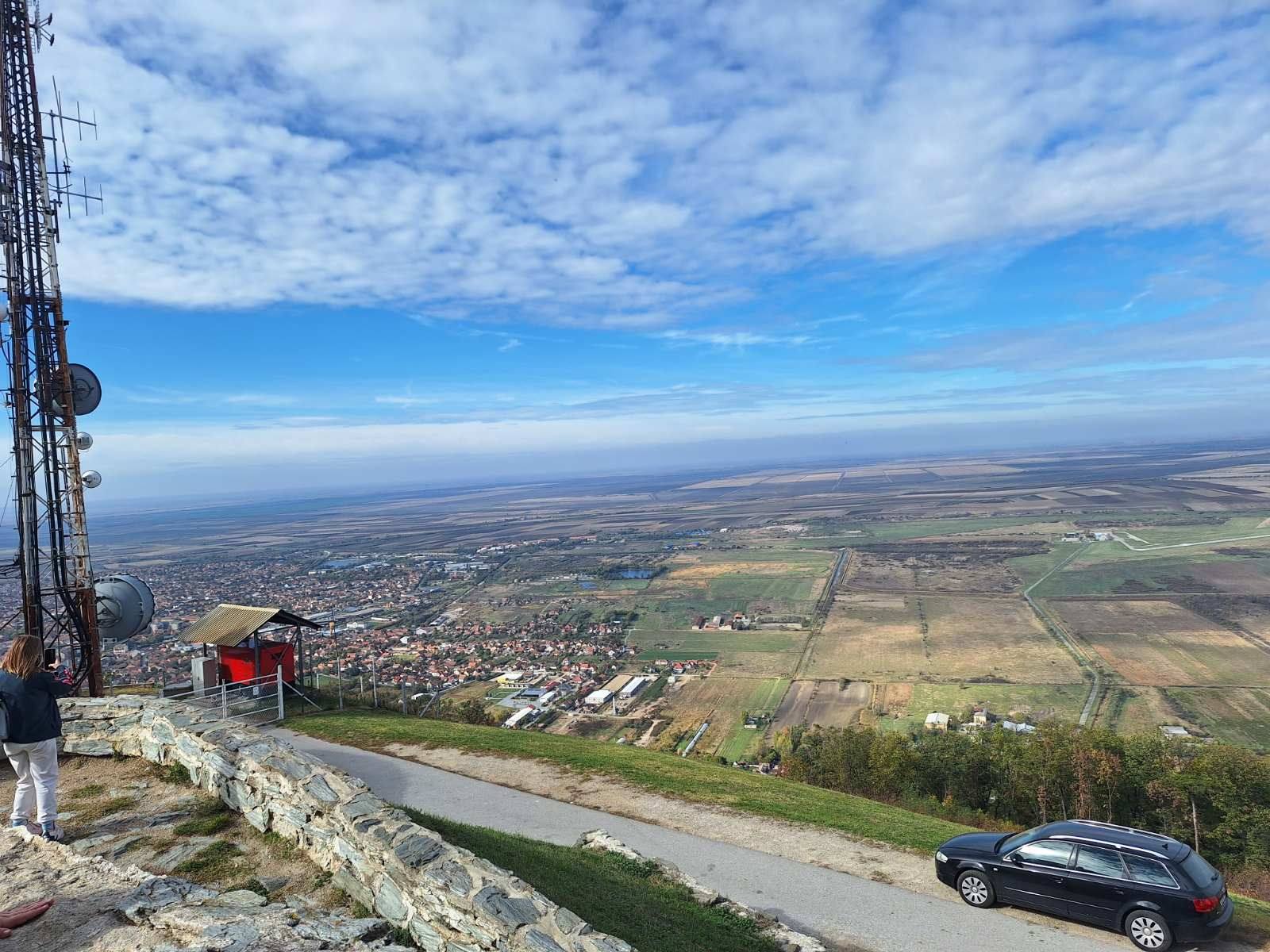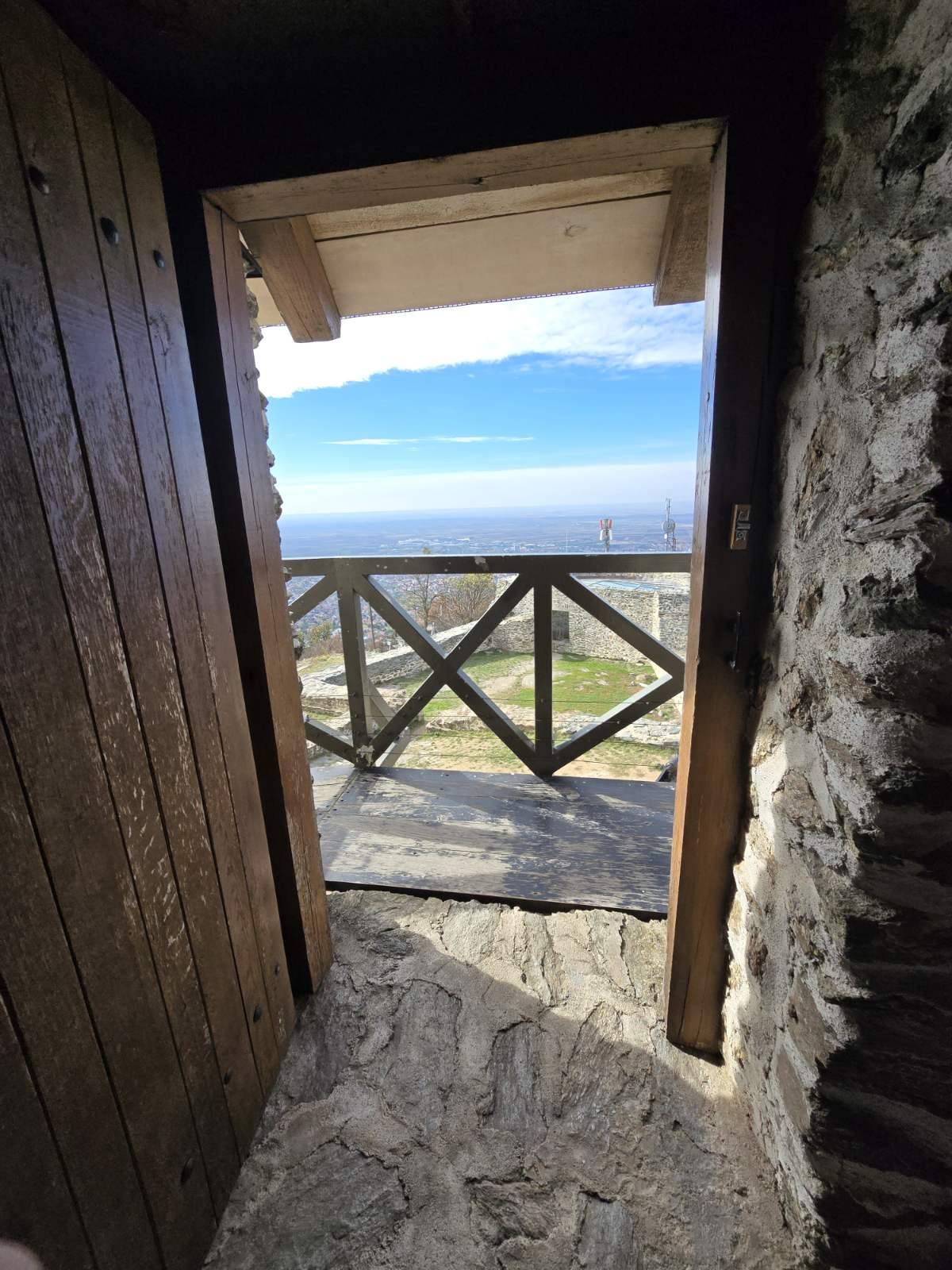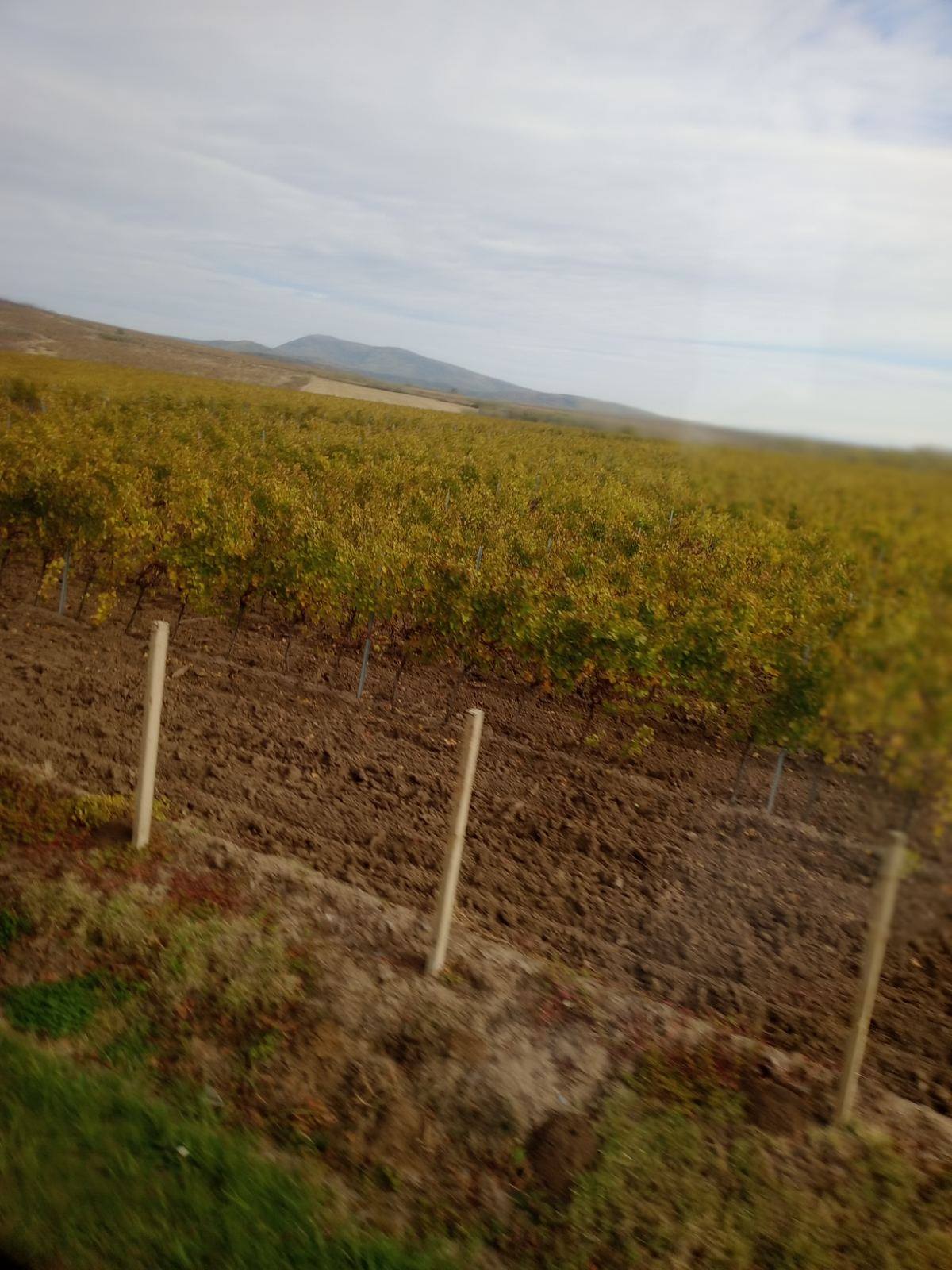Hello my dears. One of the advantages of my job, which is the job of a teacher, is that we go on trips with the children, nature lessons, visits to museums, theaters, cinemas, and that the children are educated outside the classroom. Today I am taking you to Vršac. The city, which is some 80 kilometers away from Belgrade, is located in Vojvodina, near the largest sandstone in Serbia, which is the Deliblat sandstone. Vršac is below the Vršac Mountains, which are the only mountain in Vojvodina after Fruška Gora. The border crossing for Romania-Vitina is also nearby.
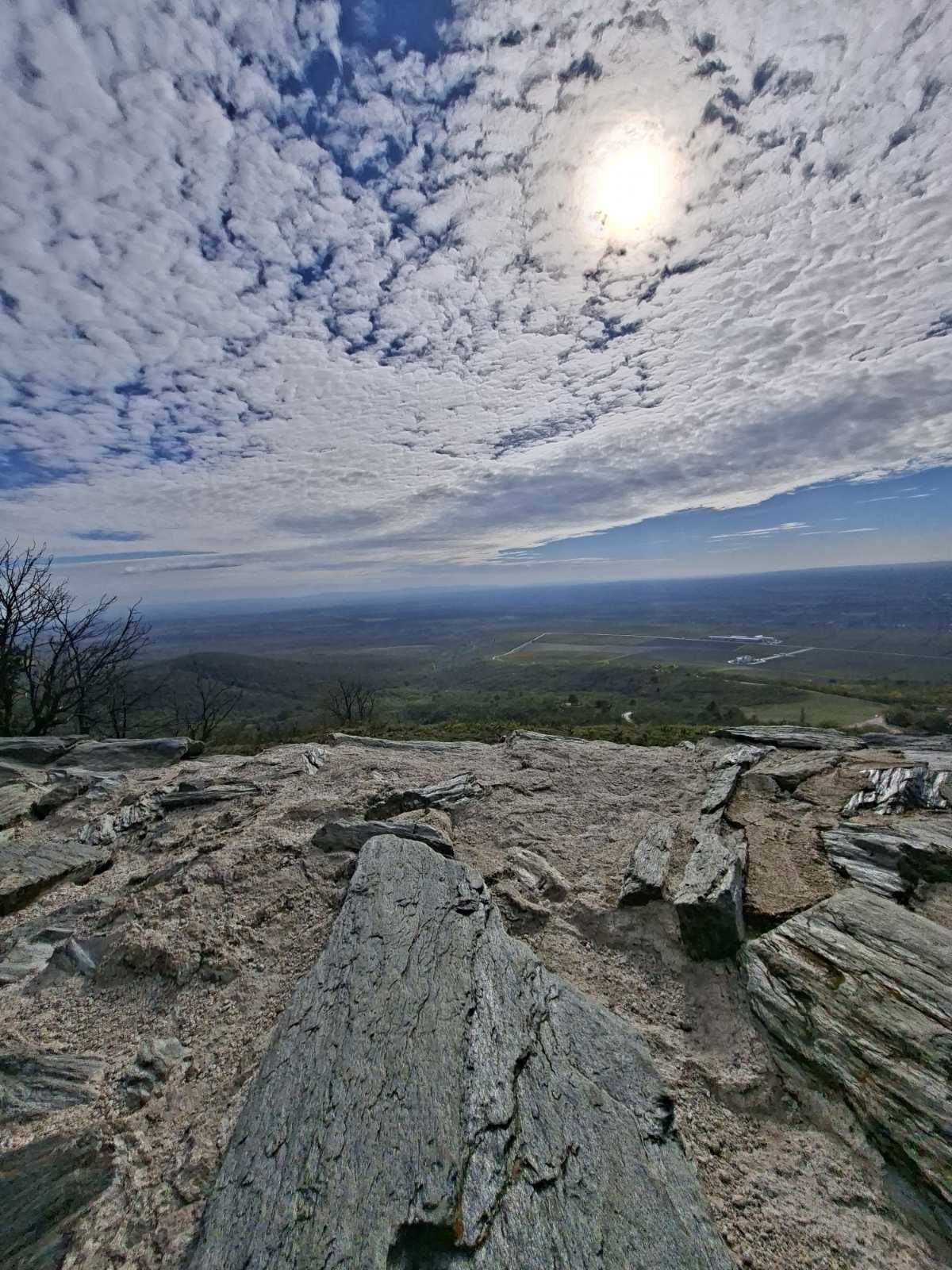
Vršac is a city with a rich culture, history and natural environment. The strongest wind is the košava that blows in Vršac and its surroundings, so because of the strength of the wind, the soil is undulating. It is most suitable for growing vines, so the Vršac vineyards are known throughout Europe, as well as the quality wine they produce. In the vicinity of Vršac there is also the large Kana Danube - Tisa - Danube, and the Romanian river called Karaš flows through the city itself.

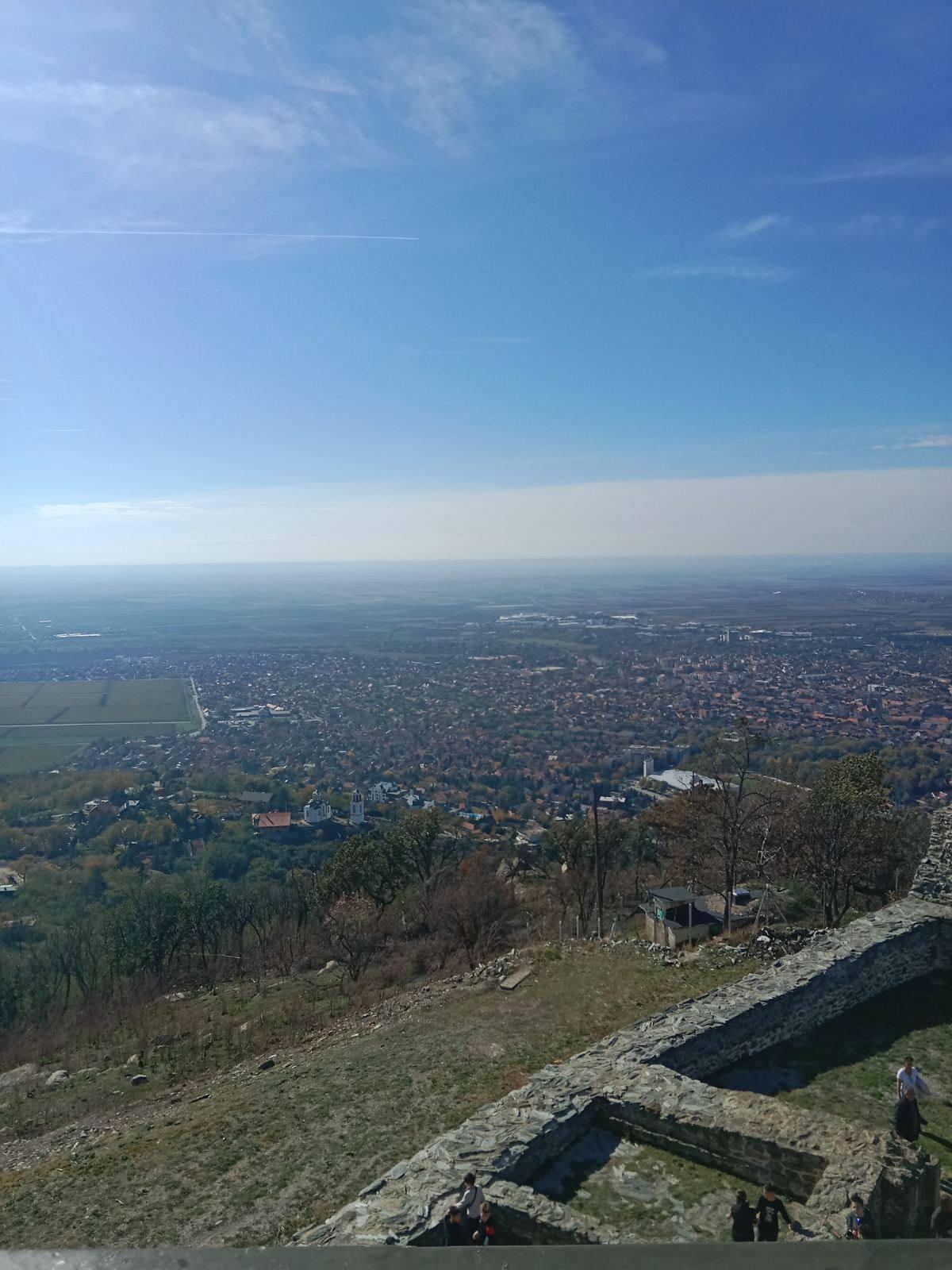
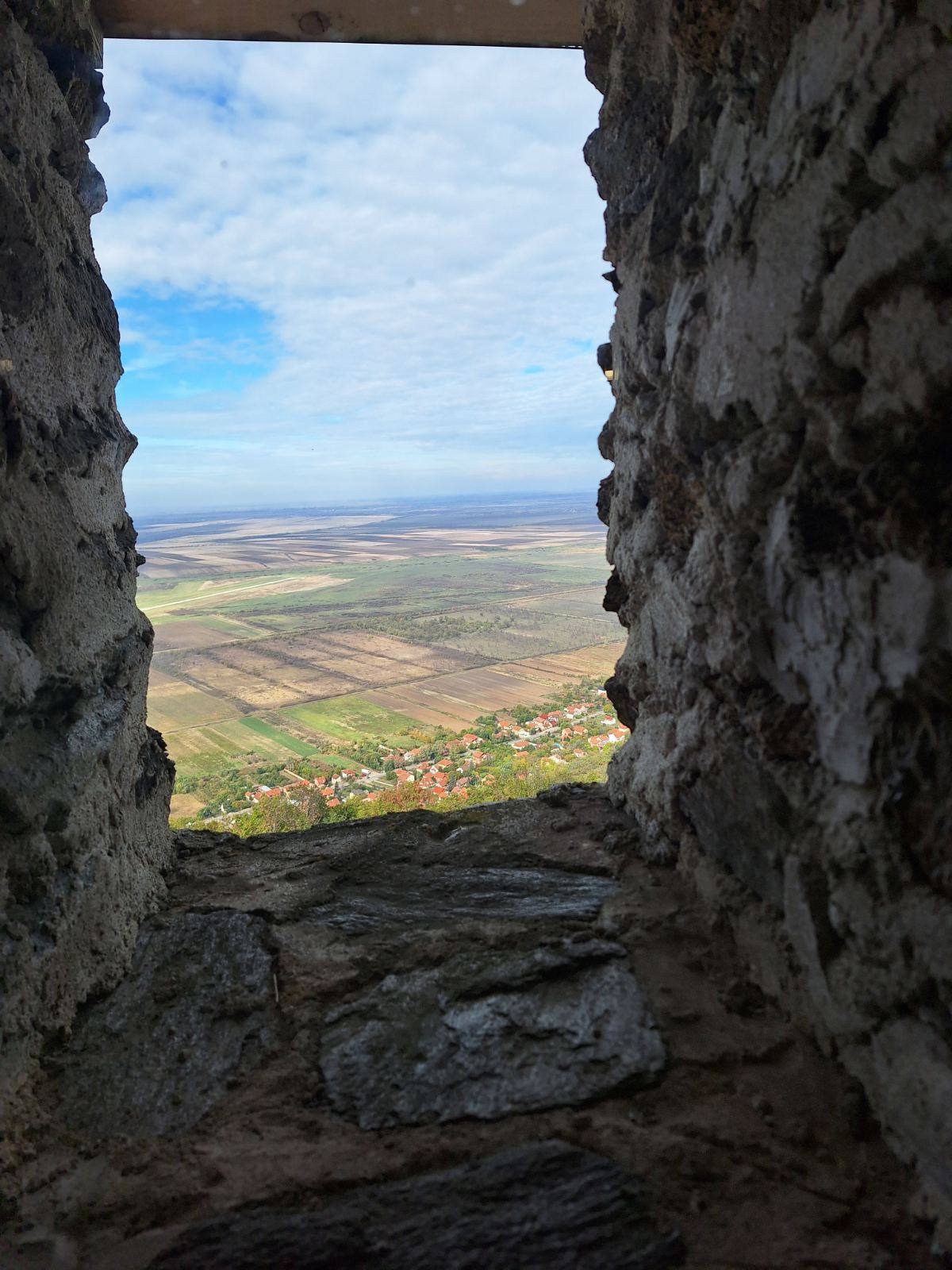
We visited the City Museum, the Mesić Monastery and the Vršac Tower. However, the panoramic view from Vršački breg attracted our attention the most.



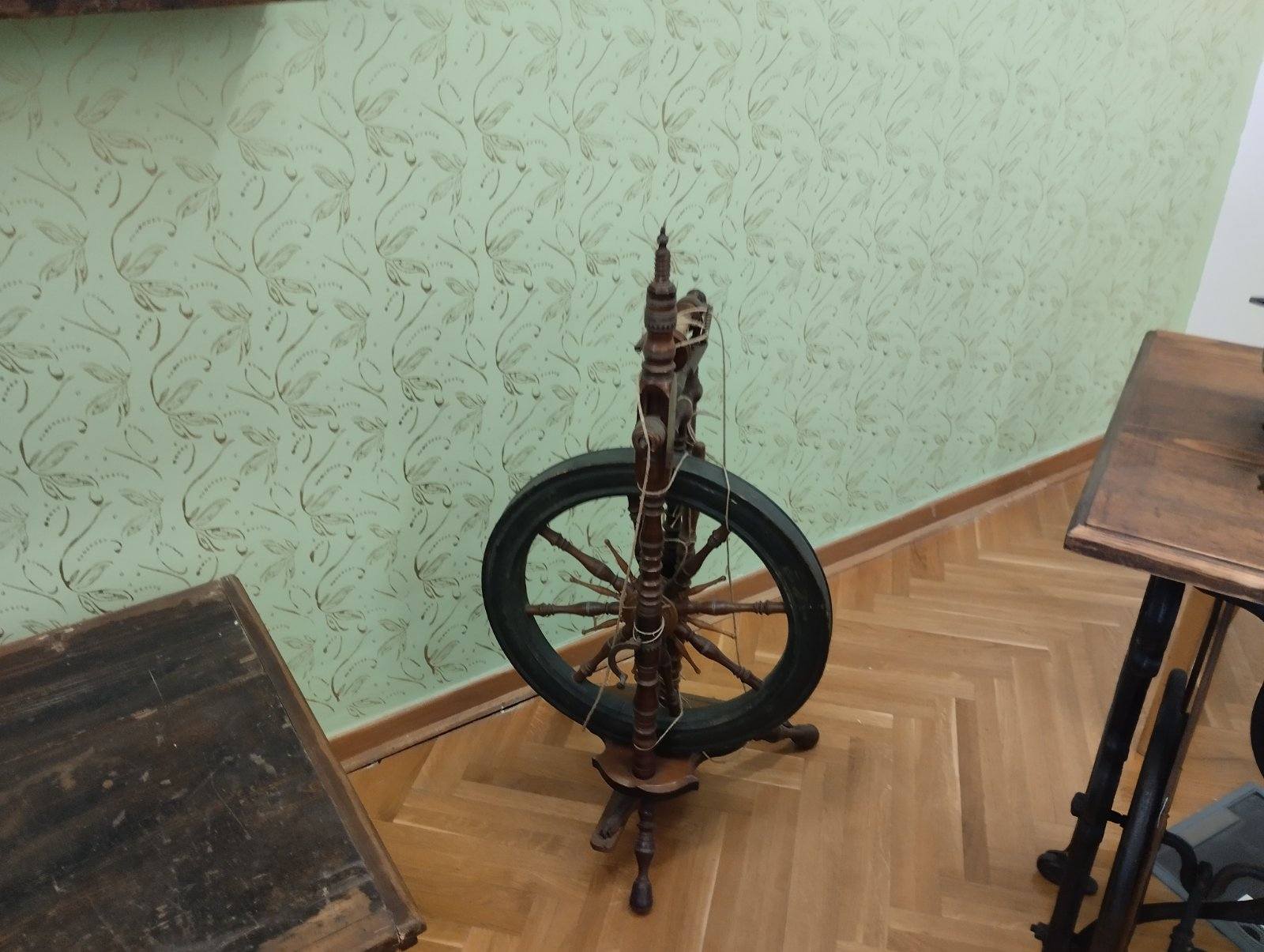


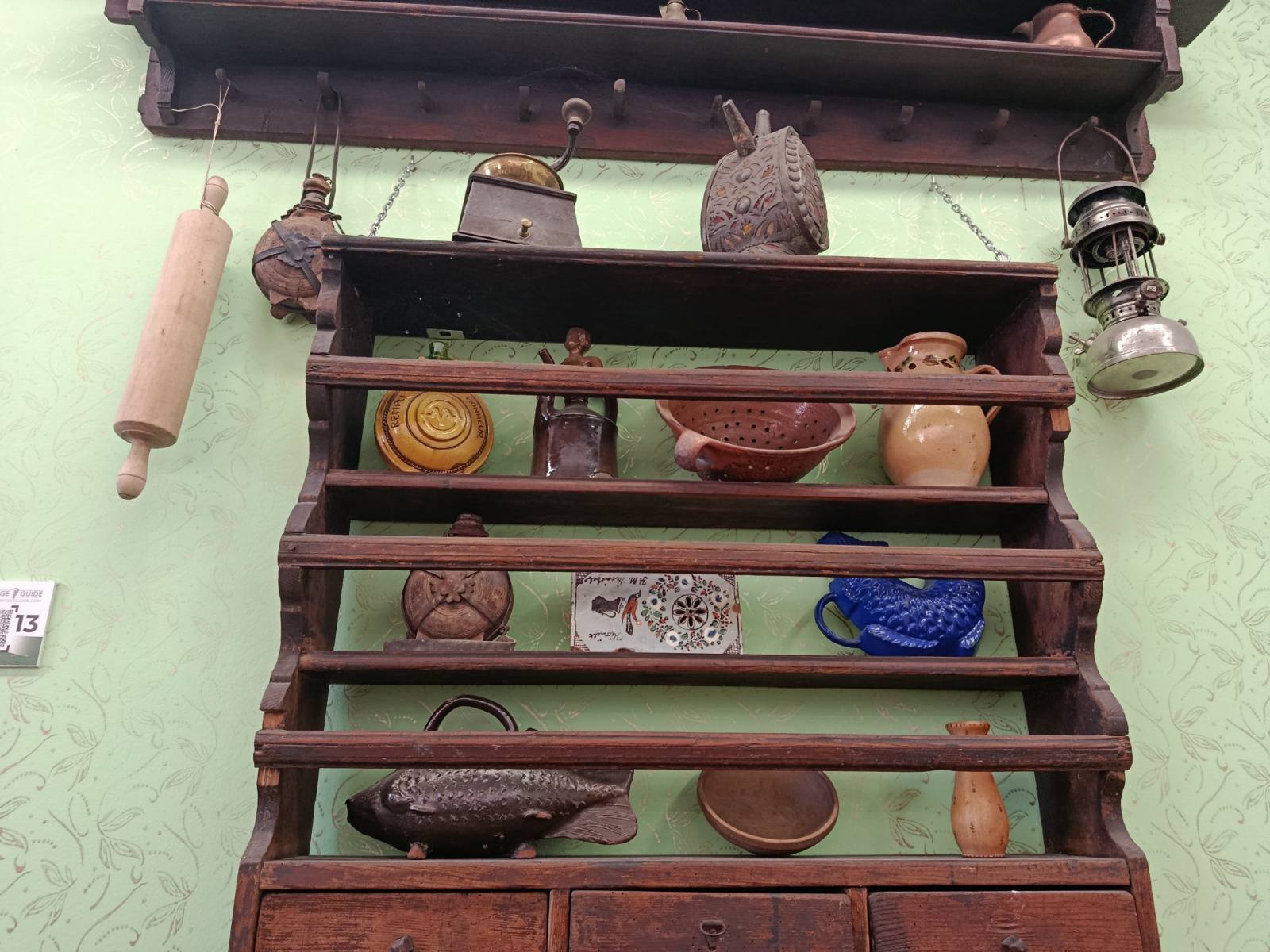
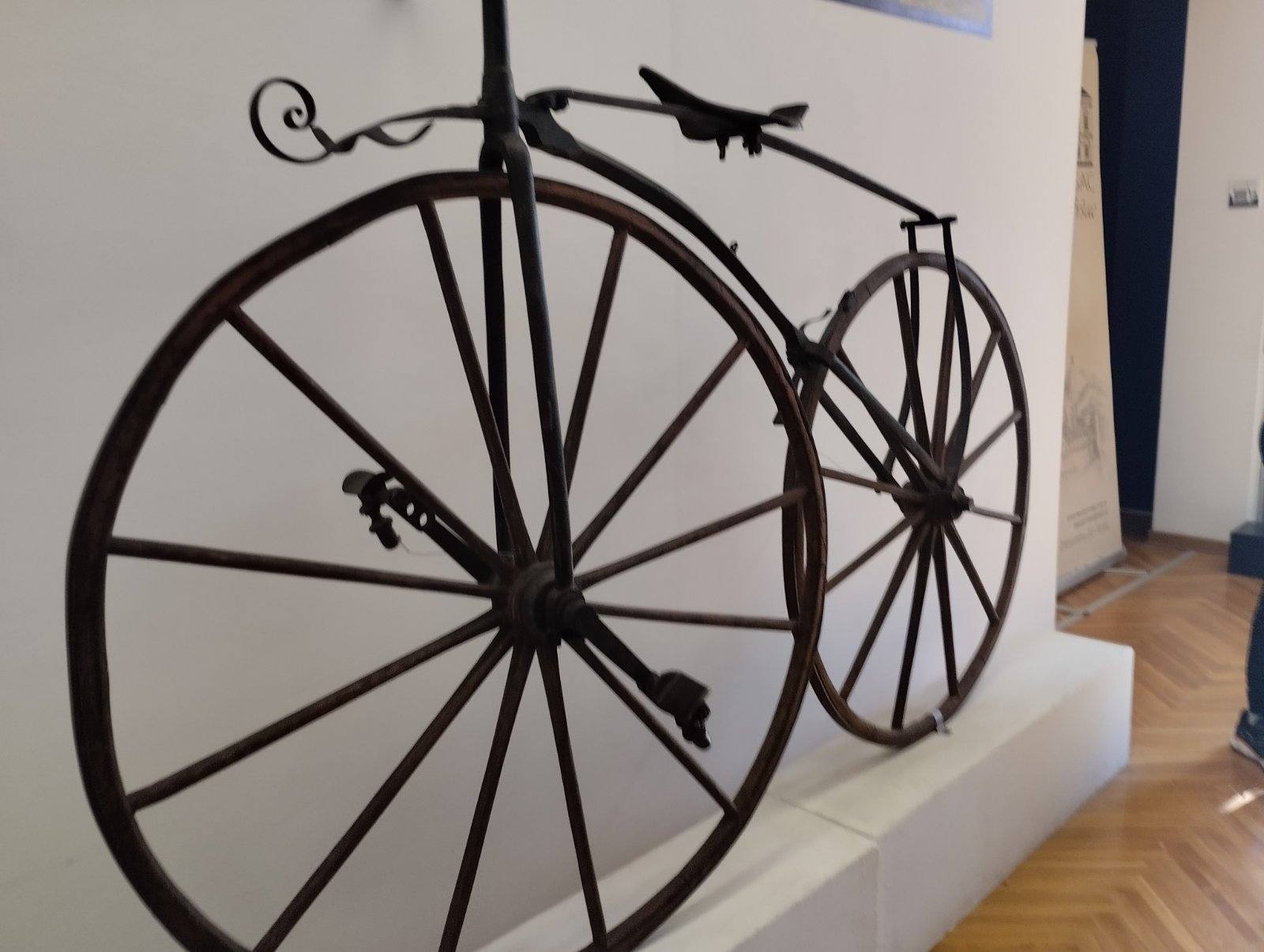

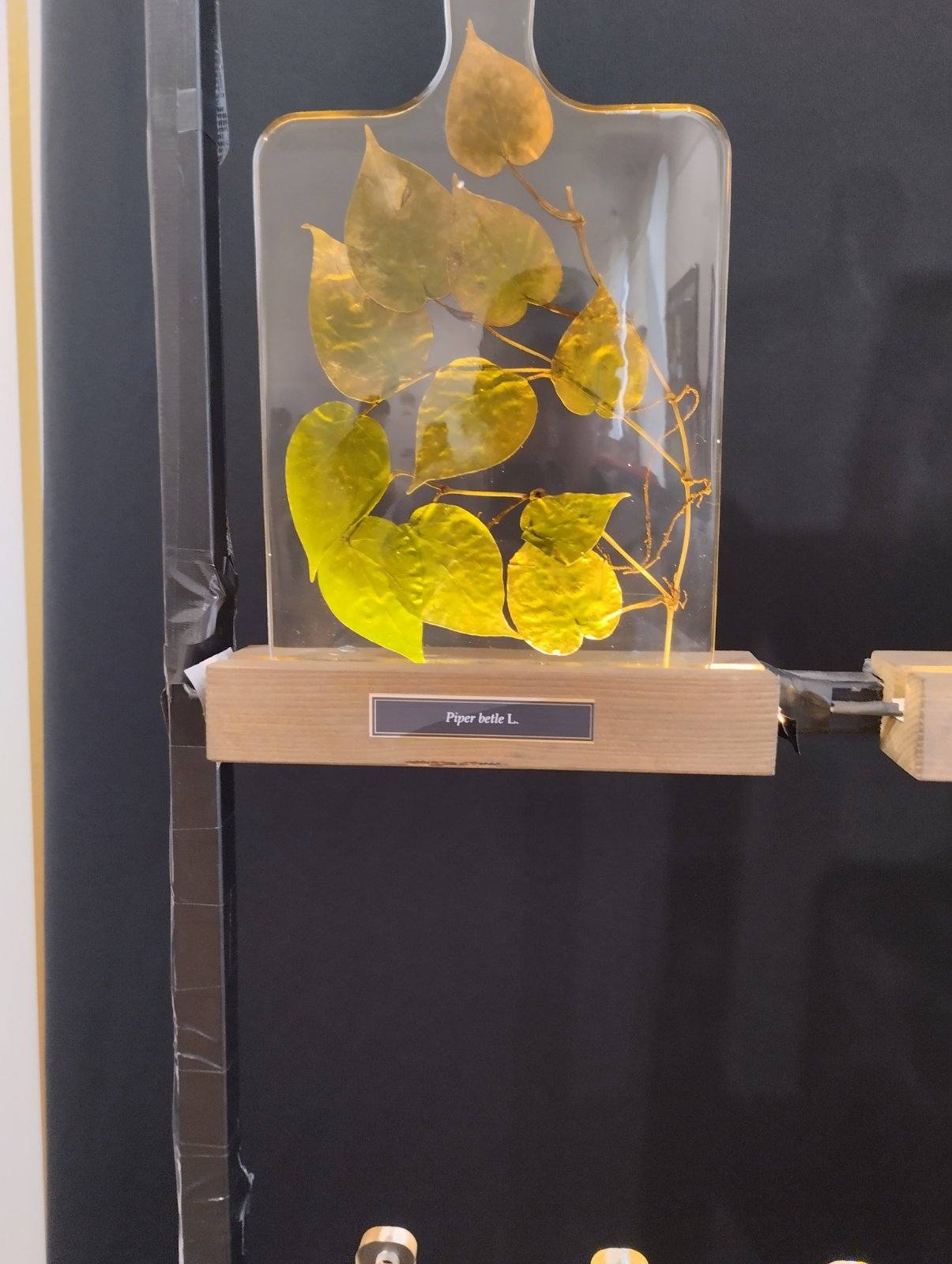
This is how the Mesić monastery and the courtyard look, which is beautiful in autumn.
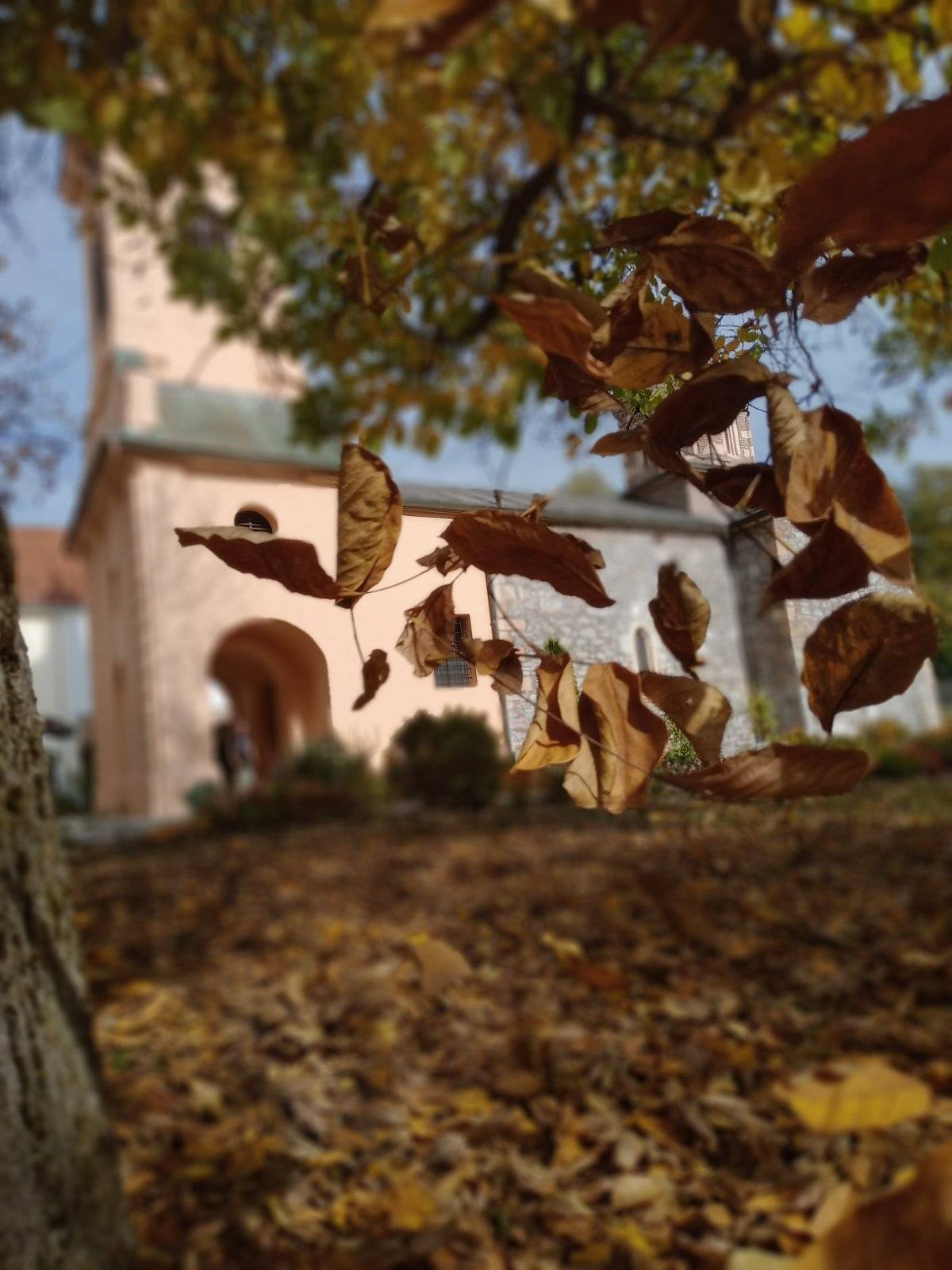
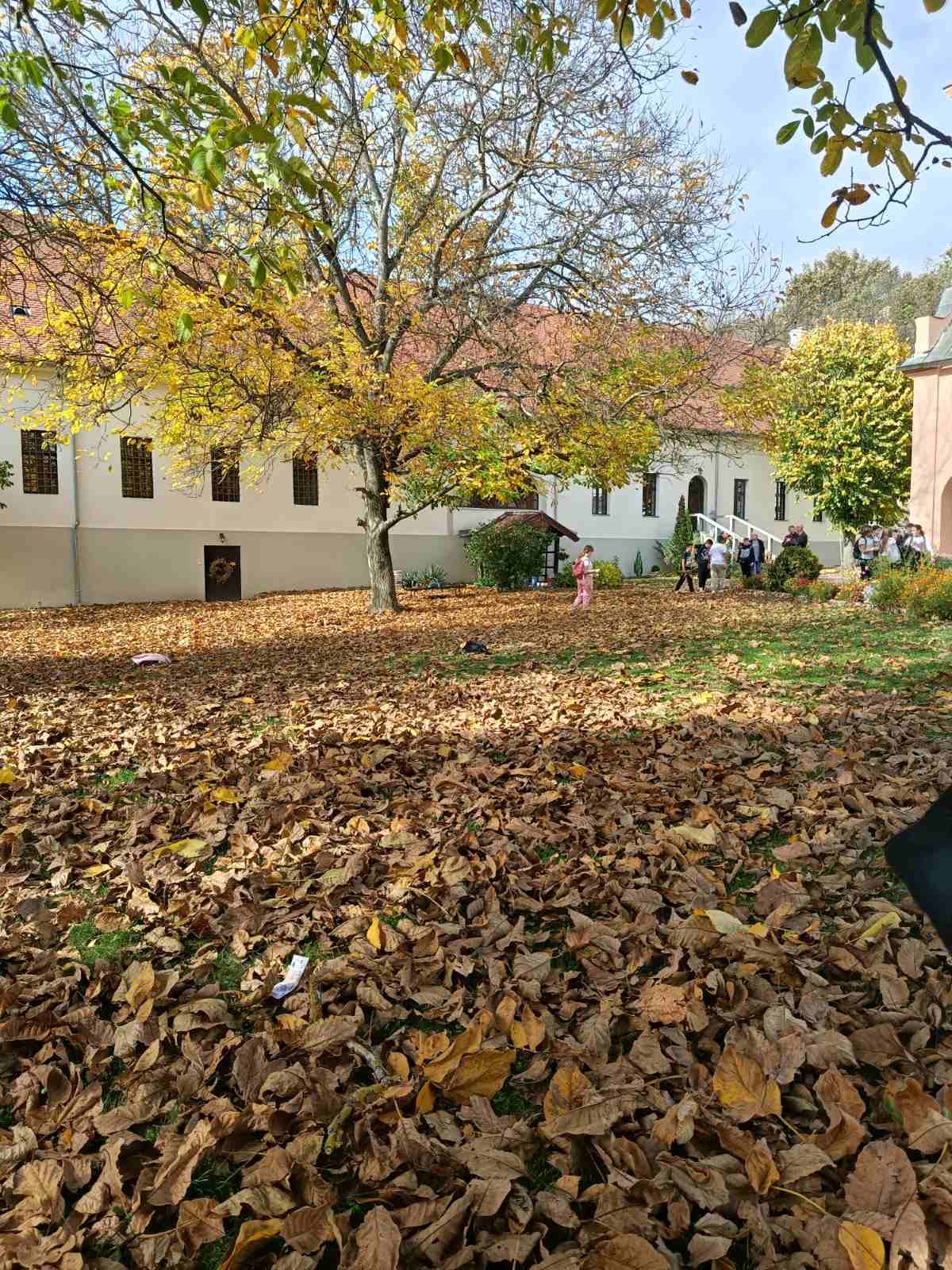

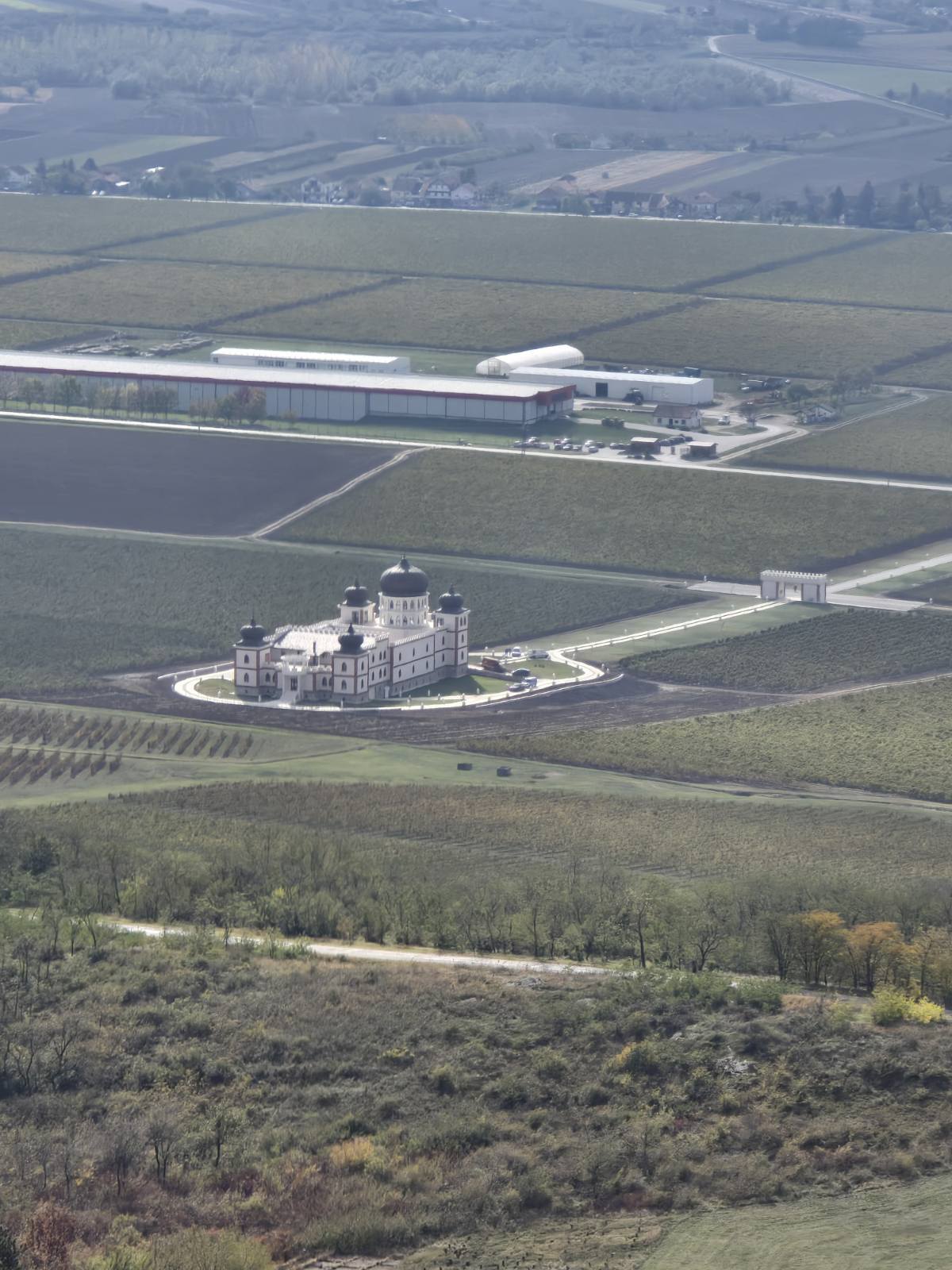 And we still have to show you the Vršac tower and part of the huge vineyard
And we still have to show you the Vršac tower and part of the huge vineyard


